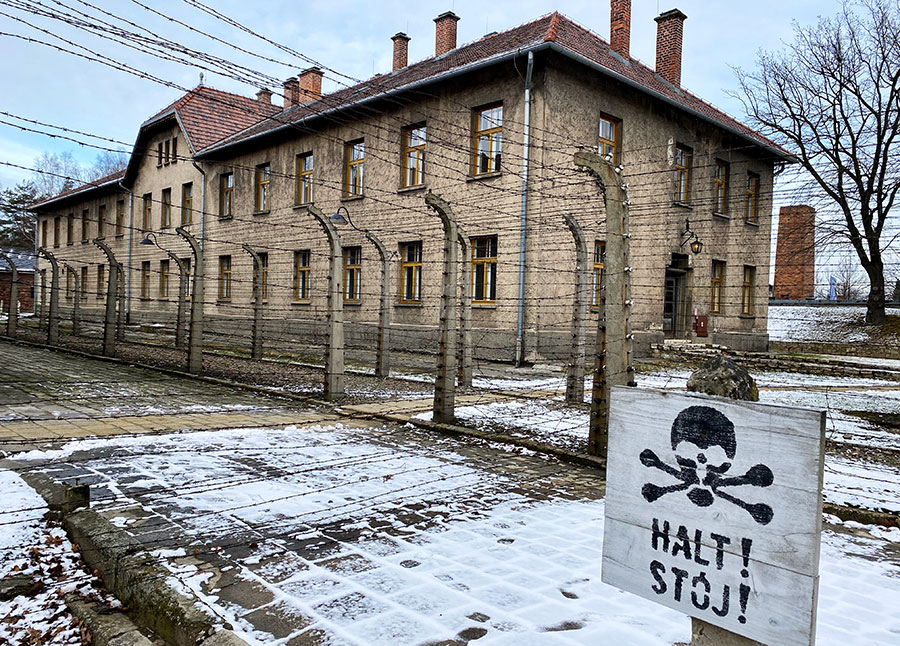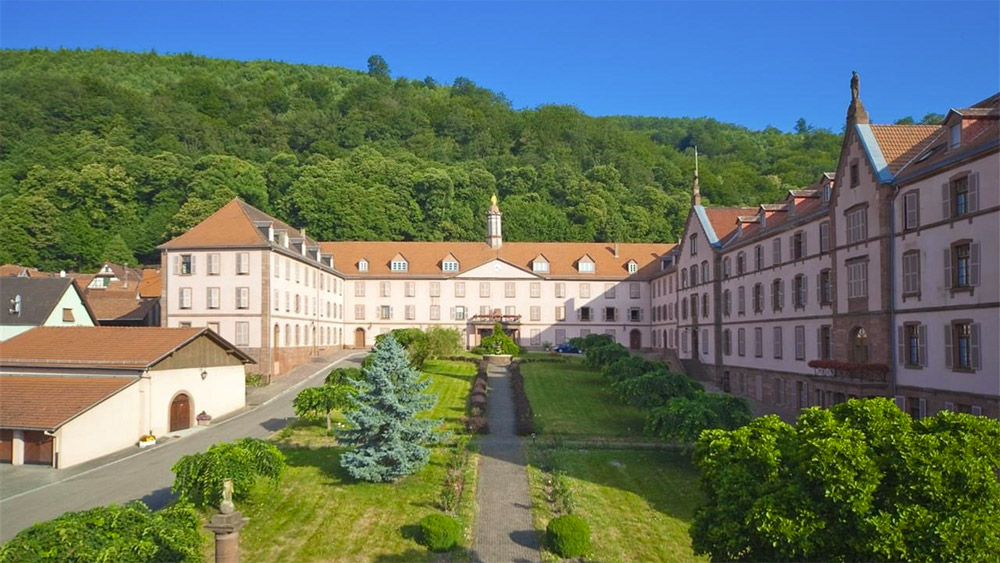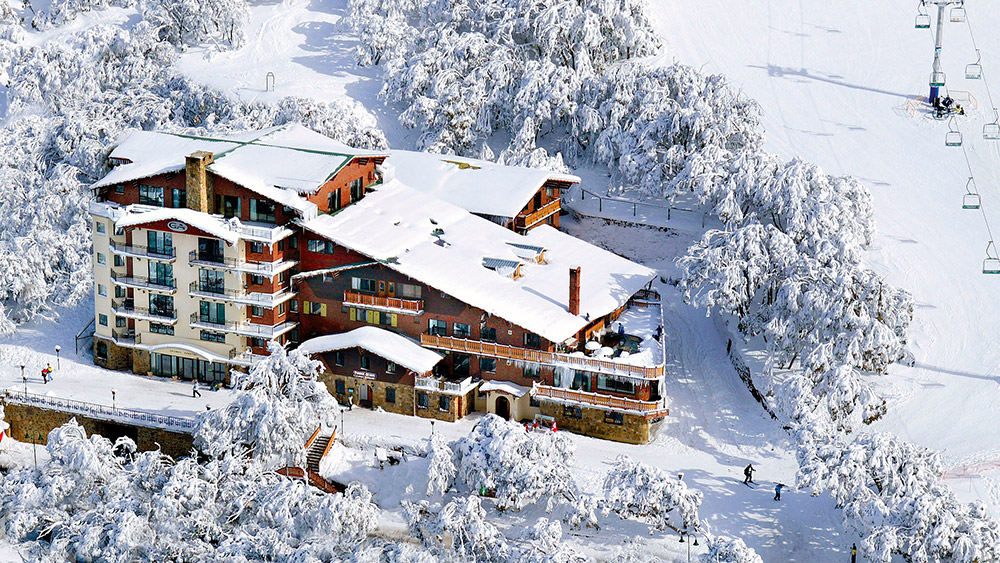“Those who cannot remember the past are condemned to repeat it.”
These words by George Santayana were repeated many times during our tour of Auschwitz-Birkenau earlier this year. Though dating from 1905, decades prior to the atrocities committed at the infamous concentration camp, they have an emotional resonance to the stories of people who lived, worked and died there.
Located in the Polish town of Oświęcim, Auschwitz-Birkenau was the largest and most notorious of the Nazi concentration and death camps. More than 1.1 million men, women and children were exterminated at the camp between May 1940 to January 1945 as part of the Third Reich’s ‘Final Solution’, though the exact figure will never be known.

Having grown up on the stories of the camp, reading about the Nazi motivations and about those who survived it in school, as well as seeing it portrayed in countless movies over the years, I thought I had a solid grasp of what happened there. How wrong I was.
To be honest, I had mixed feelings about visiting the museum. Was it wrong to visit such a place? Would it somehow be glorifying the terrible actions that went on at the camps? Would I be strong enough to handle it even? In hindsight though, I’m so glad I did.
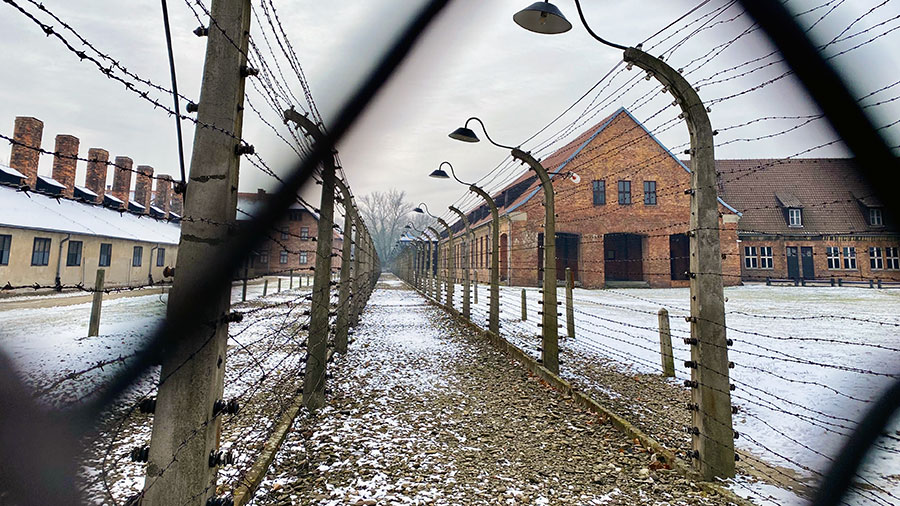
I understand when people say it’s not right to visit these sites, but I think it’s important we do. We should visit locations such as this to be reminded of the past, to learn about the horrors that were committed by man and to ensure they never, ever happen again.
It’s one thing to see the atrocities via documentaries or Hollywood films, but another entirely to see it in person. To walk in the same grooves in the floor where hundreds of thousands of men, woman and children took their final steps – it makes it real.
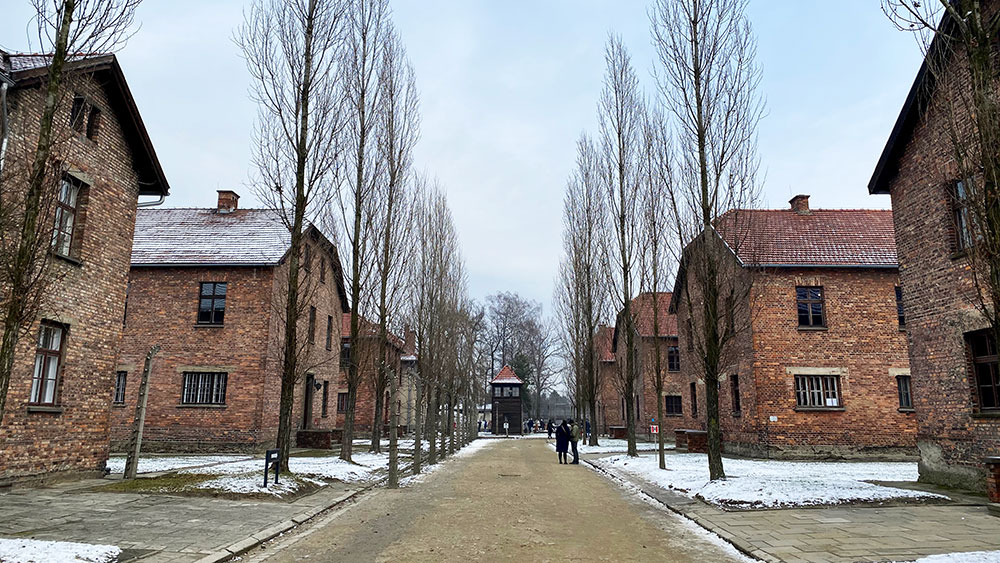
Walking through Block 4, one of 28 two-storey prison quarters in the camp, and seeing five tonnes of human hair piled up to the ceiling, a tangled mess of glass and steel spectacles, and suitcases with the names of past owners etched into the sides – labelled in the hope they would eventually be returned to them – were the scenes that broke me. I had tried my best to hold it together until then. But I had to let it out. I wasn’t alone.
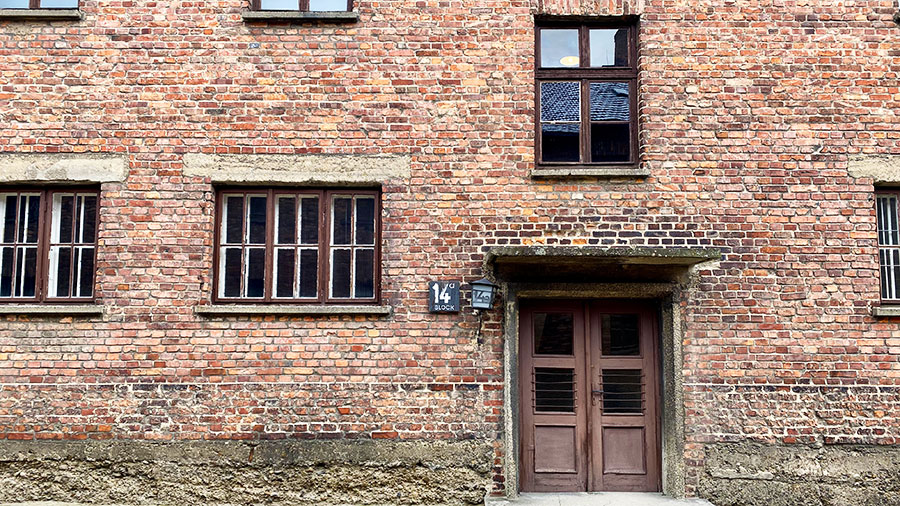
Continuing our slow walk into the gas chambers, seeing overhead chutes where cans of Zyklon B pesticide were emptied into the filled rooms below, only added to this feeling.
The one thing that surprised me most about the extermination rooms was how small they were, how the act of killing innocent people became an efficient, ruthless machine.
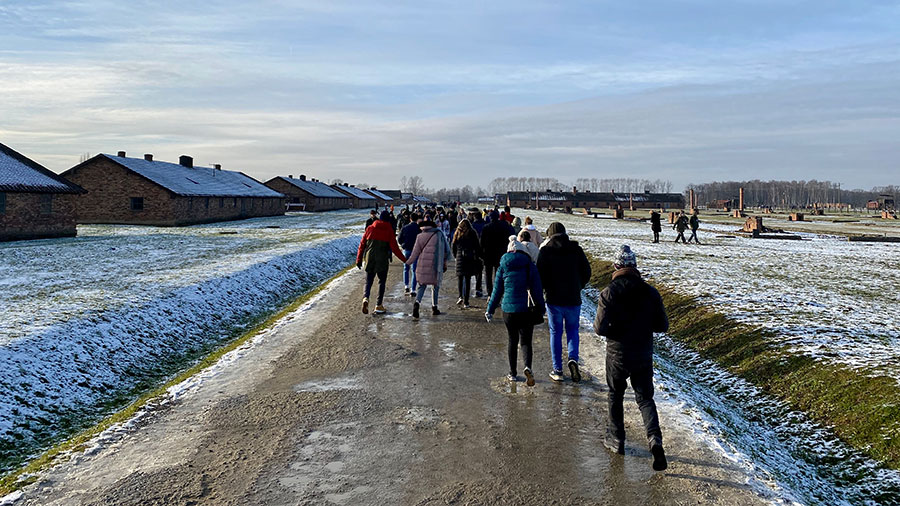
Our visit on New Year’s Day, on a biting winter’s morning that never rose above -2°C, also helped put the experience of the inmates into greater perspective. Whatever time of year you visit though, I can guarantee that the experience will remain with you forever.
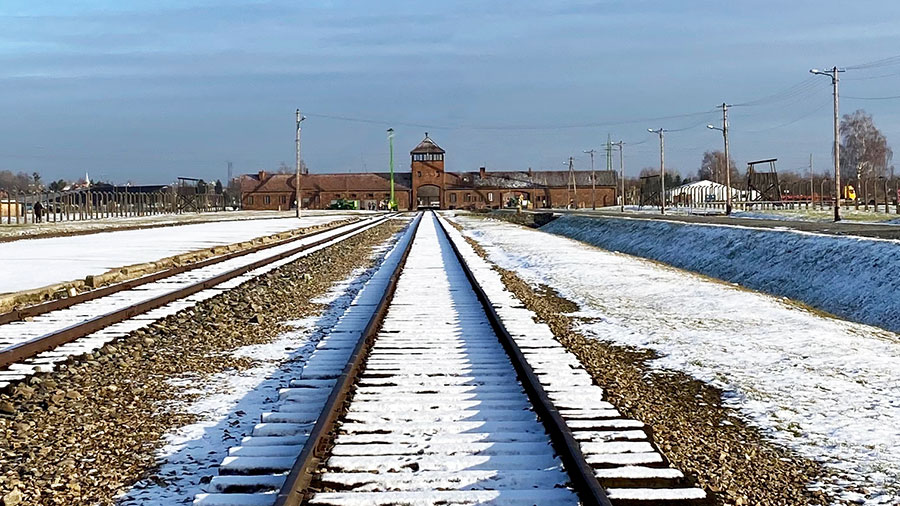
Would I visit Auschwitz again? No. Once was enough. But I do think it’s a place we should all visit someday, especially now – 75 years after the end of World War II – when it’s so easy to forget what happened at the time and how it all began.
As Santayana said, “Those who forget the past…”
Learn more about the Auschwitz Birkenau Memorial Museum at auschwitz.org/en/


